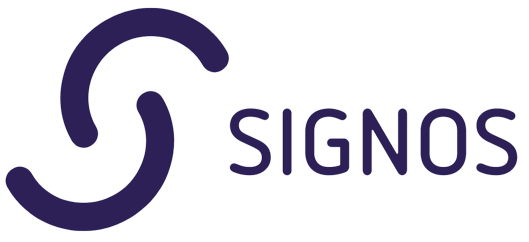
Unlike acute pain, chronic pain typically serves no purpose and can be thought of as a disease in itself. It is often due to changes in the brain that amplify and recirculate warnings about tissue damage that is not actually occurring.
The good news is that you can “retrain your brain.” You can change your thought patterns and behaviors in ways that help your brain be less likely to process input from your senses as dangerous, so that you will have less pain.
Chronic pain usually doesn’t go away, but there are many ways to manage and minimize the pain. For many years, pain medications were the primary way to treat pain. But recent research has shown that exercises, mindfulness practices and other complementary health approaches can lead to pain relief and overall well-being.
Know that there are things you can do that will be helpful for chronic pain and others that will not be helpful. All the tips listed under “What is helpful” should be regular parts of your pain self-management plan.
WHAT IS HELPFUL
Staying active — Regular physical activity improves flexibility, strength and stamina. In addition, during physical activity, your body releases chemicals that prevent signals from being processed as pain in your brain.
Reducing stress and practicing relaxation techniques — Stress management and relaxation skills can help give you mental, emotional and physical energy to cope with chronic symptoms. Relaxation is more than having peace of mind or resting. It is a structured practice of “dialing down” the danger-sensing signals in your body and mind.
- Practice relaxation techniques such as relaxed breathing and progressive muscle relaxation.
- Ask your provider to teach you how to do techniques that can prevent muscle spasms and reduce muscle tension.
Pacing yourself — If you do too much or too little, your pain may increase. Daily planning and moderation skills help you balance work, leisure activities, time with other people, and daily tasks.
Treating other conditions that make your pain worse — Just like many others who have long-term medical conditions, people who have chronic pain often have depression or an anxiety disorder. Depression and anxiety are both complex conditions that can make pain worse.
Many people with chronic pain do not seek help for depression or anxiety because they do not see them as illnesses. Instead, people think they should be able to handle the conditions on their own.
Effective treatments are available for both depression and anxiety. Studies have shown that treating depression and anxiety may result in less pain and better quality of life. If you have symptoms of depression or anxiety that linger for several months, or if they begin interfering with your daily life, talk to your health care provider.
Having a positive outlook — A positive outlook and being open to change increase your chance of managing pain well. If you have a negative outlook and see yourself as a victim of pain, pain will control you and become the focus of your life.
Staying connected — When you are dealing with chronic pain, you may start to withdraw from friends and family. But it is important to stay connected to those who care about you. Your friends and family can help you manage your pain and take your focus off it. Your family and friends can provide encouraging words, offer helpful feedback and lend a hand when you need assistance. Instead of drawing away from those you are close to, help them understand your pain, and allow them to tell you how your pain has affected them.
Decreasing pain behaviors — Pain behaviors keep the focus on pain and what you cannot do. Instead, direct your thoughts and actions toward what you can do.
Moving away from seeking medical answers — Reducing or stopping pain medication and reliance on medical therapies can help you change your focus to more productive strategies.
Getting the sleep you need — Poor sleep can make you more sensitive to developing chronic pain and make it harder to improve your condition.
Exploring non-medication solutions – Your medical team may recommend moving away from medications and trying non-medication techniques. Be open to their suggestions and willing to explore new options.
WHAT IS NOT HELPFUL
Thinking about pain all the time — Keeping your attention on your pain prevents you from focusing on activities that can improve your overall well-being. Distracting the brain is helpful in reducing overall pain levels.
“Over-focusing” on symptom relief and not enough focus on regaining function — You may have to live with chronic pain, but it does not need to control your life. Instead, try to keep your attention on activities that improve your function and quality of life.
Being afraid to move so you don’t move — Staying active can actually improve pain by stretching tense muscles and allowing the body to release natural chemicals that reduce danger signals.
Becoming overly-dependent on medications — People with chronic pain often have taken many medications to manage their pain. This may include over-the-counter pain relievers and prescribed medications such as opioids. Some people with chronic pain turn to other substances such as alcohol, marijuana or other drugs for relief. While pain medications and other substances may have helped at first, over time, they bring less and less relief. For chronic pain, medication can become part of the problem rather than an answer to pain.
© 1998-2024 Mayo Foundation for Medical Education and Research (MFMER). All rights reserved

Sign up for Updates
To stay up to date please provide your email address.
-
By giving us your email you are opting-in to receive news and promotions
Sign up for Updates
To stay up to date please provide your email address.
-
By giving us your email you are opting-in to receive news and promotions






